Freeride skis are awesome in deep powder and rugged backcountry, but for resort skiing? They might be overkill. Resorts are all about groomed runs, quick turns, and convenience - and that's where shorter, lighter options like Snowfeet* shine.
Here’s the deal:
- Freeride Skis: Built for off-piste adventures. They're wide (90–110mm), heavy, and stable at high speeds but can feel clunky on groomed trails.
- Snowfeet*: Compact and lightweight (38–120cm), these short skis or skiskates are easy to use, carry, and control, especially on groomed slopes. Plus, you can strap them onto regular winter boots.
If you're sticking to resorts, Snowfeet* offers a simpler, more fun experience without the bulk or hassle of traditional skis. Want to keep it light and playful? Snowfeet* is your go-to.
HOWLR | Freeride Resort Skiing by Thomas Trifonitchev 4K
Freeride Skis in Resorts: Pros and Cons
Freeride skis are made for tackling deep powder, not zipping down groomed trails. They bring some clear perks - and a few drawbacks - when used at resorts. Knowing where they shine and where they struggle can help you figure out if they’re the right fit for your next mountain adventure.
Where Freeride Skis Work Well
When there’s fresh, deep powder after a big snowfall, freeride skis are in their element. Their wide design gives them excellent float, making soft snow feel effortless. They’re also super stable at high speeds on steep, open terrain. That extra length and weight? It helps absorb vibrations, giving you a smooth and steady ride. Plus, they handle mixed snow conditions like a champ, letting you power through crud or wind-packed patches without losing control.
"I am skiing because it presents freedom. If they mark me as a ski mountaineer or a free-rider, half of this freedom is being taken away from me." - Bine Žalohar
Freeride skis also perform well in resort areas that mimic backcountry vibes, like tree runs or ungroomed sections. But here’s the thing: their strengths don’t always translate to the typical groomed terrain most resort-goers stick to.
Where Freeride Skis Fall Short in Resorts
On groomed slopes, what makes freeride skis great in powder can become a challenge. Their wide waist slows down edge-to-edge transitions, making them less nimble than narrower skis (think 70–80 mm underfoot) designed for carving. And in tight, crowded runs, they can feel cumbersome and harder to control.
Their extra weight can also wear you out faster during a full day of skiing. Lugging them around in busy areas? Not fun. For beginners and intermediate skiers, these skis can feel like a workout, demanding more strength and technical skill to handle. And if you’re into hitting the terrain park, their length and heft make tricks like jumps and rails awkward compared to lighter, shorter skis.
Since most resort skiers spend their time on groomed trails, weaving through crowds or navigating variable conditions, a more agile setup often makes more sense. Freeride skis, built for off-piste adventures, can sometimes feel like they’re working against you instead of enhancing your ride.
The Snowfeet* Solution: Short Skis and Skiskates for Resorts
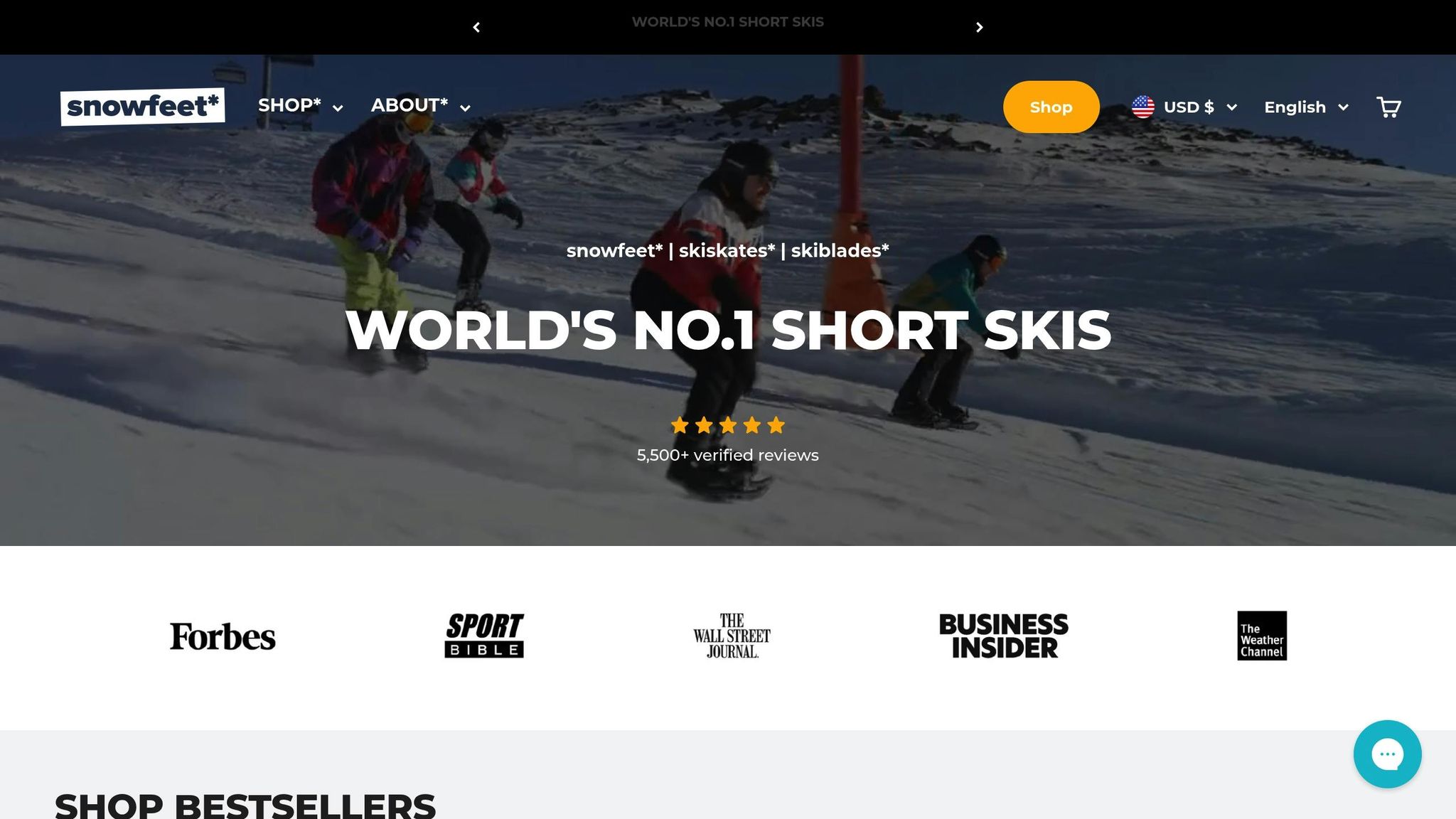
If you’ve ever struggled with the bulk and weight of freeride skis on groomed slopes, Snowfeet* might just be the answer. These short skis and skiskates are built with resort skiers in mind, offering a fun, lightweight, and hassle-free alternative to traditional equipment.
Why Snowfeet* Stands Out
One of the best things about Snowfeet* is how convenient they are. They’re compact enough to fit in your backpack, so you can skip the clunky roof racks and oversized ski bags. Plus, they’re designed to be easy to pick up and use - no need for the advanced skills or strength that traditional freeride skis often demand. Thanks to their shorter length, turning and stopping feels natural and manageable, especially for beginners and intermediate skiers.
Another perk? You can use Snowfeet* with regular winter boots or snowboard boots. That means no extra gear or costly upgrades. Whether you’re carving up the slopes in the morning or heading out for a cross-country adventure later, these versatile skates adapt to your plans without missing a beat.
Their lightweight build also makes a big difference. Unlike traditional skis, which can feel heavy and awkward, Snowfeet* are easy to maneuver - even in crowded lift lines or tight spaces. And when it comes to safety, their shorter design reduces the strain on your knees and ankles if you take a tumble, making falls less intense.
"These skiblades are so much fun and easy to control. Never going back to regular skis." - Andrew B.
Crafted from fiberglass-reinforced material with metal ski edges, Snowfeet* are tough enough to handle a variety of resort conditions. They also require less maintenance than their longer counterparts, saving you time and effort.
Snowfeet* vs Long Skis and Snowboards
Let’s compare. Traditional long skis, like those from Rossignol or Salomon, usually measure between 160–180 cm. They’re great for certain types of skiing, but they demand strength and skill to control. Snowfeet*, on the other hand, range from 38 cm to 120 cm. This shorter length gives you a mix of stability and agility that makes resort skiing more approachable and fun.
Snowboards, often 150–165 cm long, require specialized boots that can get pricey. With Snowfeet*, you can use the winter boots you already own, saving you money and hassle.
Price-wise, Snowfeet* products fall between $150 and $490, offering a budget-friendly way to enjoy the slopes without compromising on performance.
"Absolute game-changer! They're light, fast, and incredibly fun to ride." - Nathan F.
Snowfeet* are all about simplicity and enjoyment. Their tagline sums it up perfectly: "Long enough to ski, short enough to skate. Easy to Learn and Use. Strap in and ride – no lessons needed". Plus, most ski resorts welcome Snowfeet* on their slopes, so you can enjoy all the perks of compact, maneuverable gear without restrictions.
The product lineup offers something for everyone. For $250, the 50 CM Ski Skates deliver a classic skiskating experience. The 99 CM Skiblades, priced at $490, offer a more traditional skiing vibe with added agility. And for those chasing pro-level performance, the 44 CM Skiskates ($390) strike the perfect balance between size and capability.
With over 5,500 verified reviews and an impressive 4.9 out of 5 average rating, it’s clear that Snowfeet* has won over countless resort skiers looking to switch things up from traditional gear.
sbb-itb-17ade95
Freeride Skis vs. Snowfeet*: Side-by-Side Comparison
If you're gearing up for your next resort trip, choosing between freeride skis and Snowfeet* depends on what kind of experience you're after. Here's a quick breakdown to help you decide.
Feature Comparison Chart
| Feature | Freeride Skis | Snowfeet* Short Skis/Skiskates |
|---|---|---|
| Length | 160–180 cm | 38–120 cm |
| Terrain Suitability | Off-piste, backcountry, some groomed runs | Groomed slopes, snowparks, hiking trails |
| Learning Curve | Advanced skills required | Easy to learn - similar to skating |
| Portability | Needs roof racks or ski bags | Fits in a backpack |
| Footwear | Specialized ski boots ($200–$800) | Winter boots or snowboard boots |
| Price Range | $400–$1,200+ | $150–$690 |
| Maneuverability | Slower turns; requires more strength | Quick, responsive turns |
| Speed Control | Can be tough for beginners | Easy to stop |
| Maintenance | Regular tuning needed | Low maintenance |
| Resort Access | Full slope access | Widely accepted at resorts |
| Fun Factor | Technical and demanding | Playful and free-moving |
Snowfeet* stands out for its simplicity and ease of use. Their 44 cm Skiskates, built with a wood core like traditional skis, pack solid performance into a super compact design.
On groomed slopes, Snowfeet* offers quick, effortless turns and a much shorter learning curve compared to freeride skis. While short skis are incredibly nimble, they can feel less stable at high speeds.
Another big plus? Snowfeet* is tough. Made from durable plastic, they’re less prone to damage and don’t need the constant tuning that wood-core skis require. They’re also a breeze to carry - just toss them in your backpack - and they work with any winter boots. With prices ranging from $150 to $690, Snowfeet* delivers a fun, budget-friendly alternative to the traditional freeride setup.
Conclusion: Picking the Right Gear for Resort Skiing
Freeride skis are great for seasoned skiers who thrive on off-piste adventures, but for most resort-goers, they can feel like overkill. These skis are built to tackle everything from groomed trails to untouched backcountry powder, but if your focus is on resort skiing, they might not be the best match.
Most resort skiers stick to groomed slopes, where Snowfeet* products shine. Their compact design, ease of use, and versatility make them a perfect fit for typical U.S. resort conditions. Plus, they’re a breeze to learn and don’t require the bulk or technical know-how of traditional skis.
If you’re not planning to dive into backcountry terrain or tackle challenging off-piste runs, investing in freeride skis could mean paying for features you won’t use. Snowfeet* flips the script by offering a fun, lightweight alternative to traditional skis. With prices ranging from $150 to $690, they’re also much easier on your wallet compared to freeride setups, which often require extra gear like specialized boots and bindings.
This difference explains why more resort skiers are turning to Snowfeet*. Here’s a quick breakdown to help you decide:
Our Recommendations
- Choose freeride skis if you’re: an advanced skier who loves exploring off-piste terrain and doesn’t mind the extra gear and maintenance.
- Opt for Snowfeet* if you’re: looking for fun on groomed slopes, easy portability, and the ability to use your regular winter boots. Snowfeet* is especially great for families, beginners, and anyone who prioritizes convenience over complexity.
From the groomed trails of Vail to the snowparks of Park City, Snowfeet* hits the sweet spot for resort skiing. They’re agile, easy to control, and designed to meet the needs of U.S. resorts, where quick turns and smooth handling are key.
At the end of the day, it all comes down to what you want from your gear. If you’re chasing versatility for every mountain scenario, freeride skis are the way to go. But if your focus is on making resort skiing simple and fun, Snowfeet* delivers exactly what you need - without the extra hassle.
FAQs
Are Snowfeet a better option than traditional skis for resort skiing?
Snowfeet* bring a fresh twist to hitting the slopes, especially on those well-groomed resort trails. Thanks to their compact design, they’re incredibly easy to handle, letting you make sharp turns and control your movements with precision - something that’s tougher to pull off with traditional skis. This nimbleness makes them a blast for carving through runs or weaving through tighter spots, offering a fun and dynamic option for both newbies and seasoned skiers.
What’s more, Snowfeet* ditch the bulkiness of regular skis. They’re lightweight and super portable, so you can carry them around or stash them without a hassle. Designed for flexibility and pure enjoyment, they let you cruise the resort with ease while still delivering solid performance. Whether you’re after more control or just want to shake up your usual skiing routine, Snowfeet* are a great way to add some excitement to your resort adventures.
Are Snowfeet easy for beginners to learn, and how steep is the learning curve?
Yes, Snowfeet are a fantastic option for beginners and super easy to learn. People often describe using them as a mix between skating and skiing, but without the steep learning curve. Honestly, most folks find them simpler to get the hang of than traditional skis or snowboards.
After just a few hours of practice, you’ll likely be cruising down the slopes with confidence. Thanks to their compact design, Snowfeet feel natural to use, giving you great control. They’re a perfect pick for anyone dipping their toes into winter sports for the first time.
Are Snowfeet a better choice than freeride skis for resort skiing?
Snowfeet offer a fun and practical alternative to freeride skis for resort skiing, with some standout perks that make them a great choice. Thanks to their lightweight and compact design - up to 60% lighter than traditional skis - they’re super easy to carry, pack, and store. Forget lugging around bulky gear - Snowfeet are small enough to fit in a backpack, making them ideal for travel or quick trips to the slopes.
Ranging in length from 38 to 120 cm, Snowfeet are much shorter than standard skis, which makes them easier to control and perfect for skiers of all experience levels. Plus, their strap-in bindings mean you don’t need heavy boots or a complicated setup. Whether you’re new to skiing or just want a more portable and playful option, Snowfeet bring convenience and flexibility to your resort adventures.

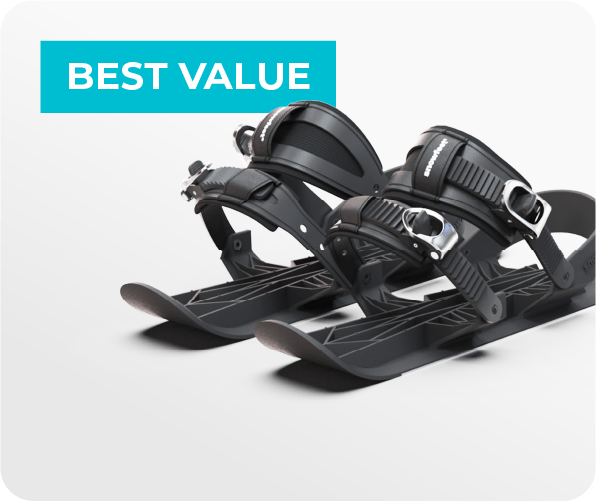



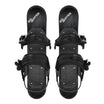
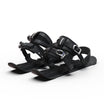
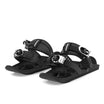

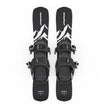
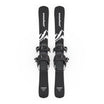

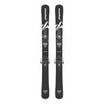
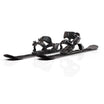
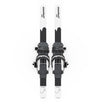


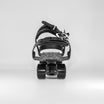

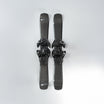



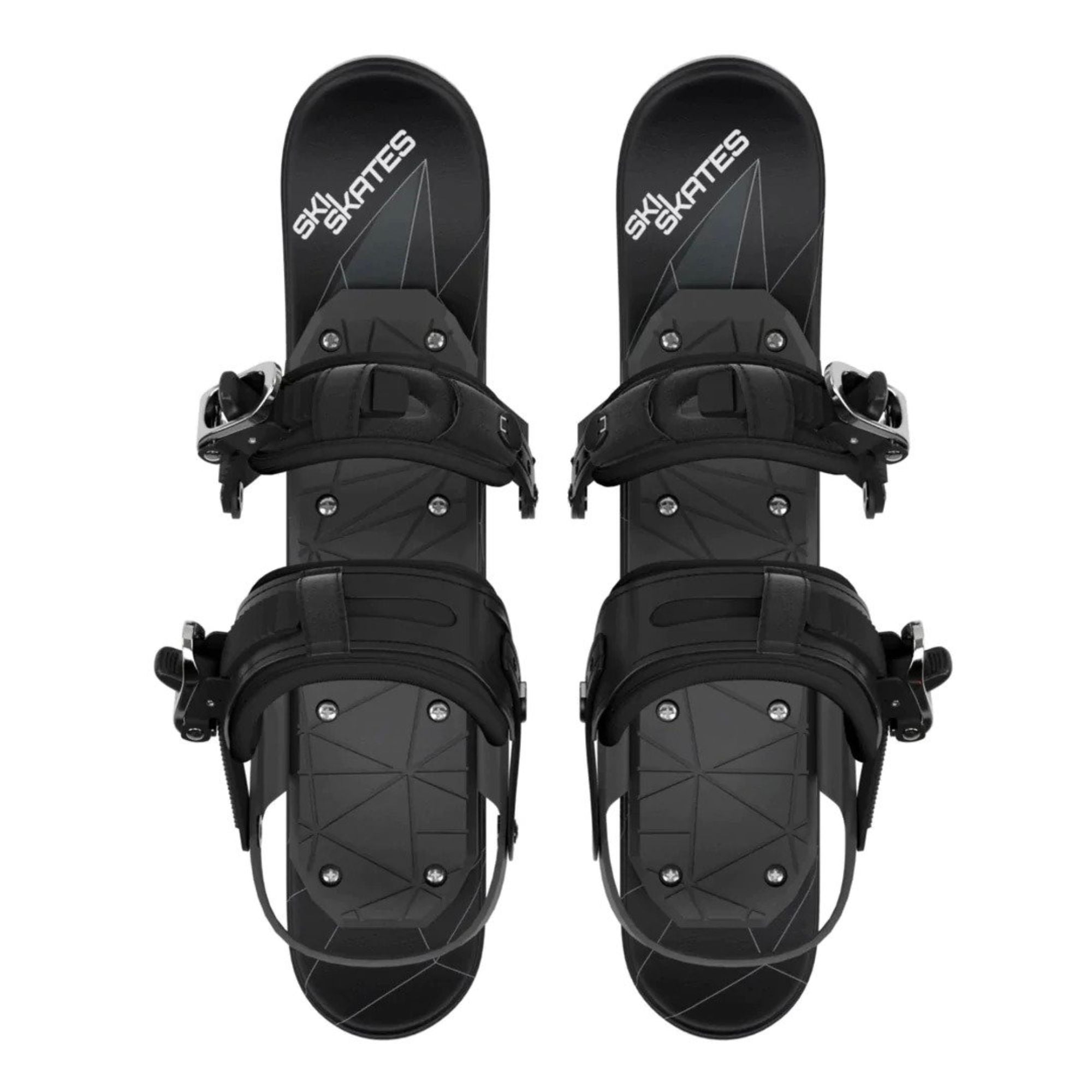
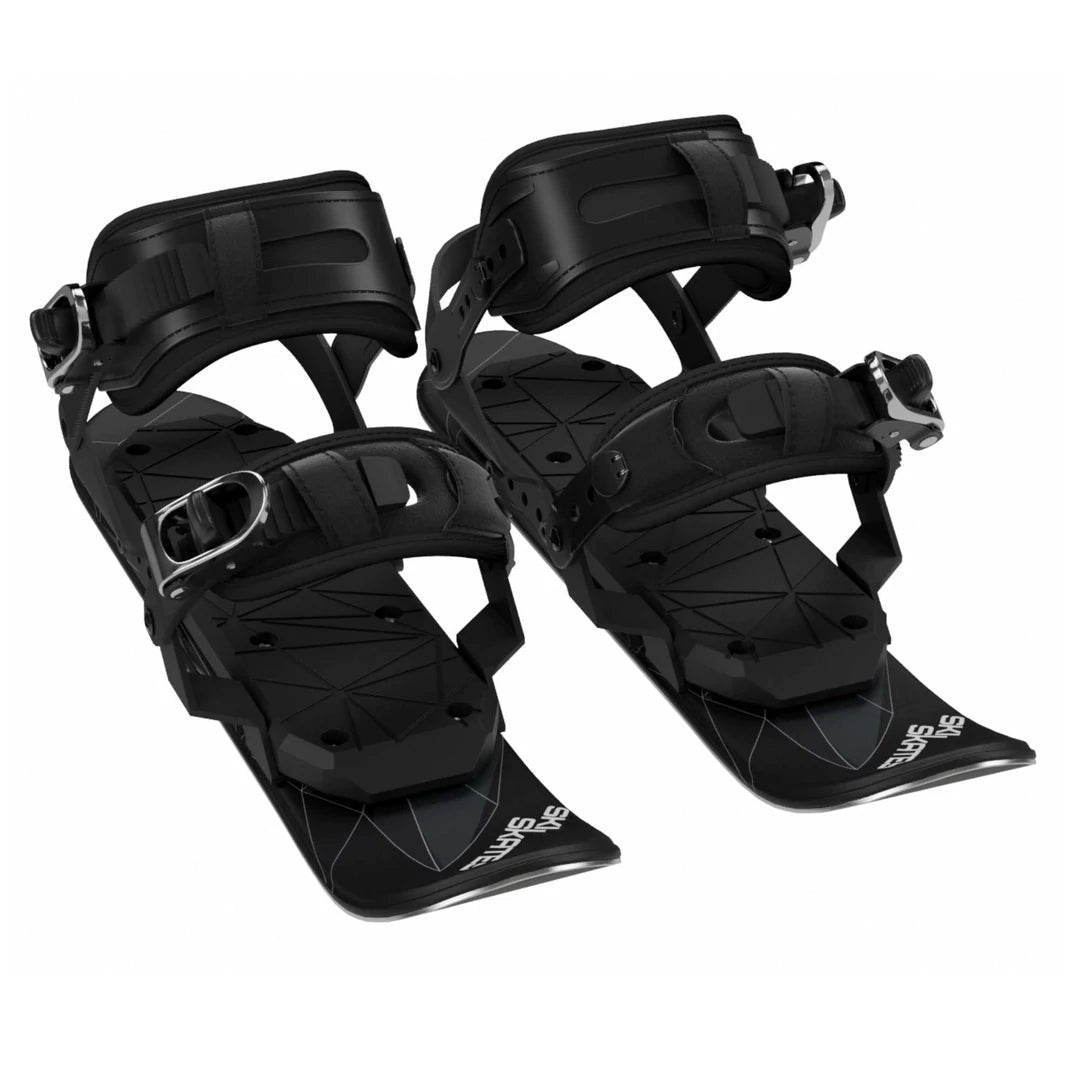
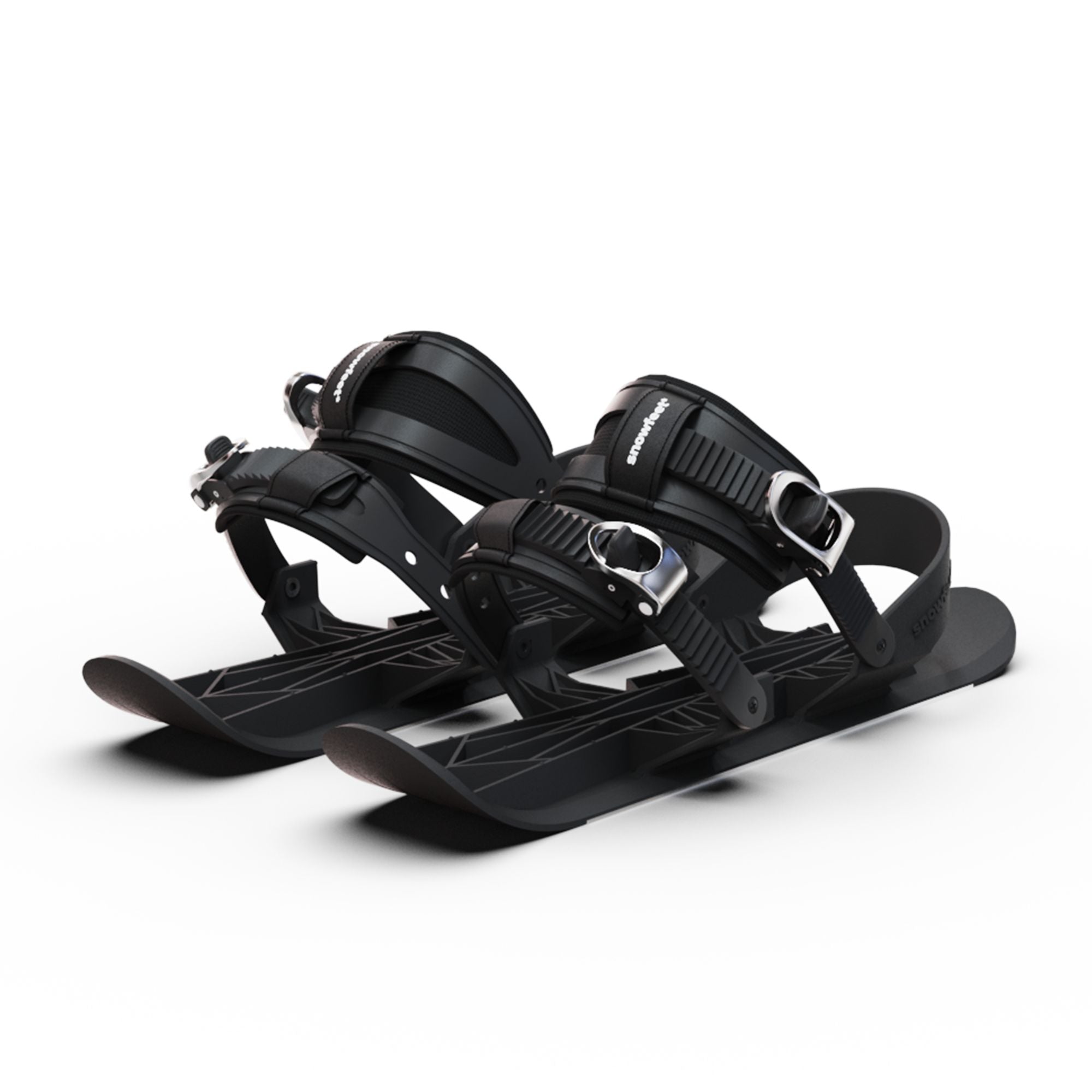

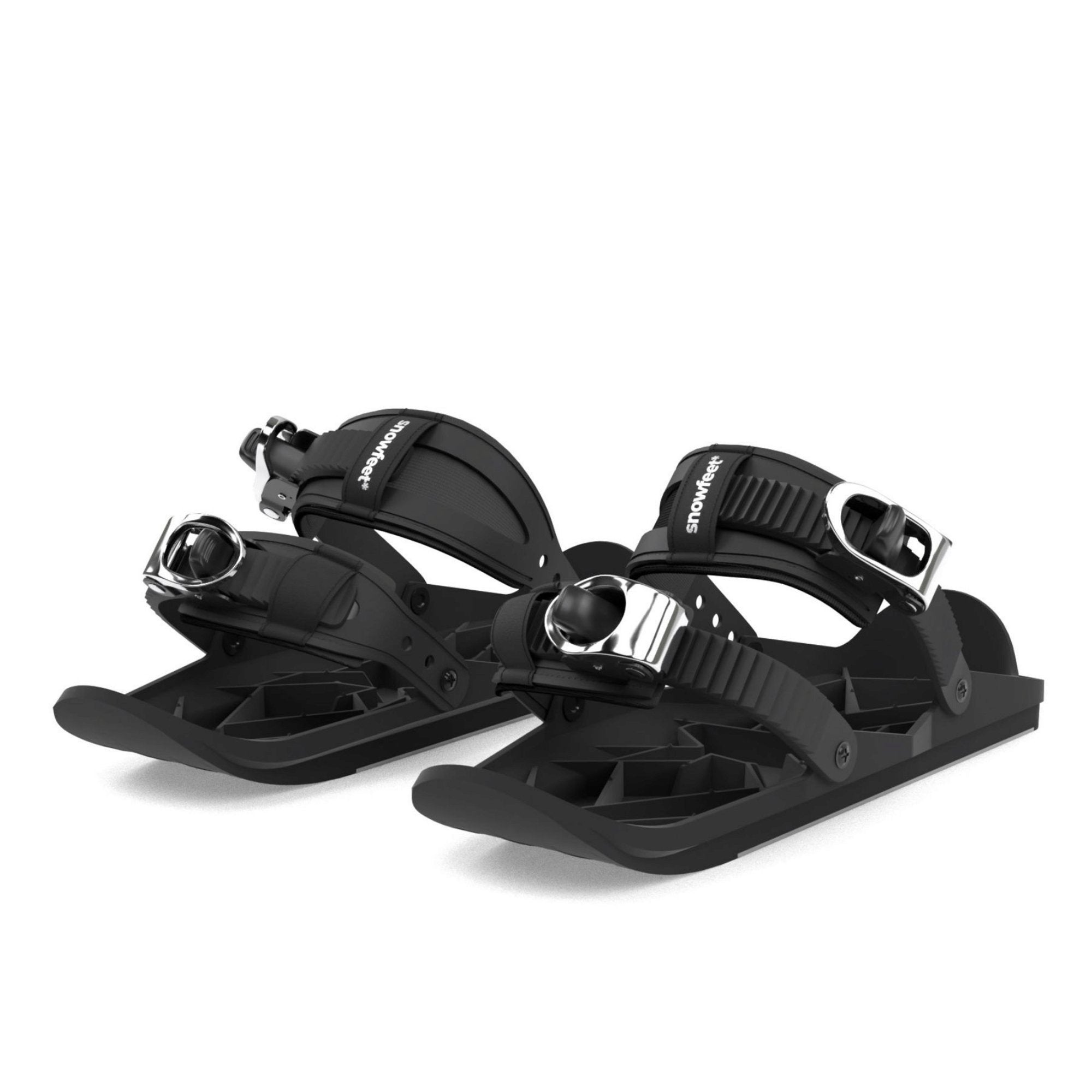
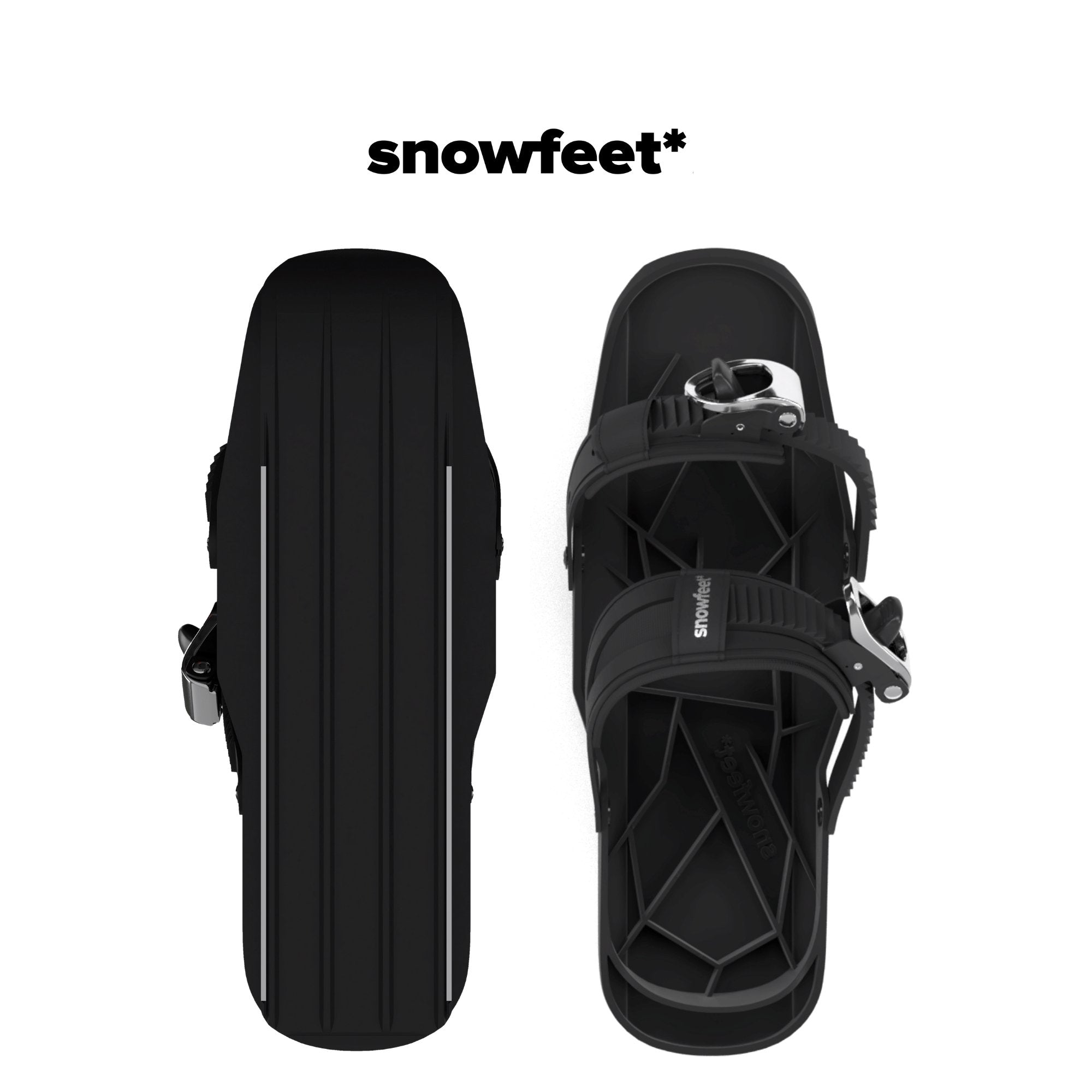
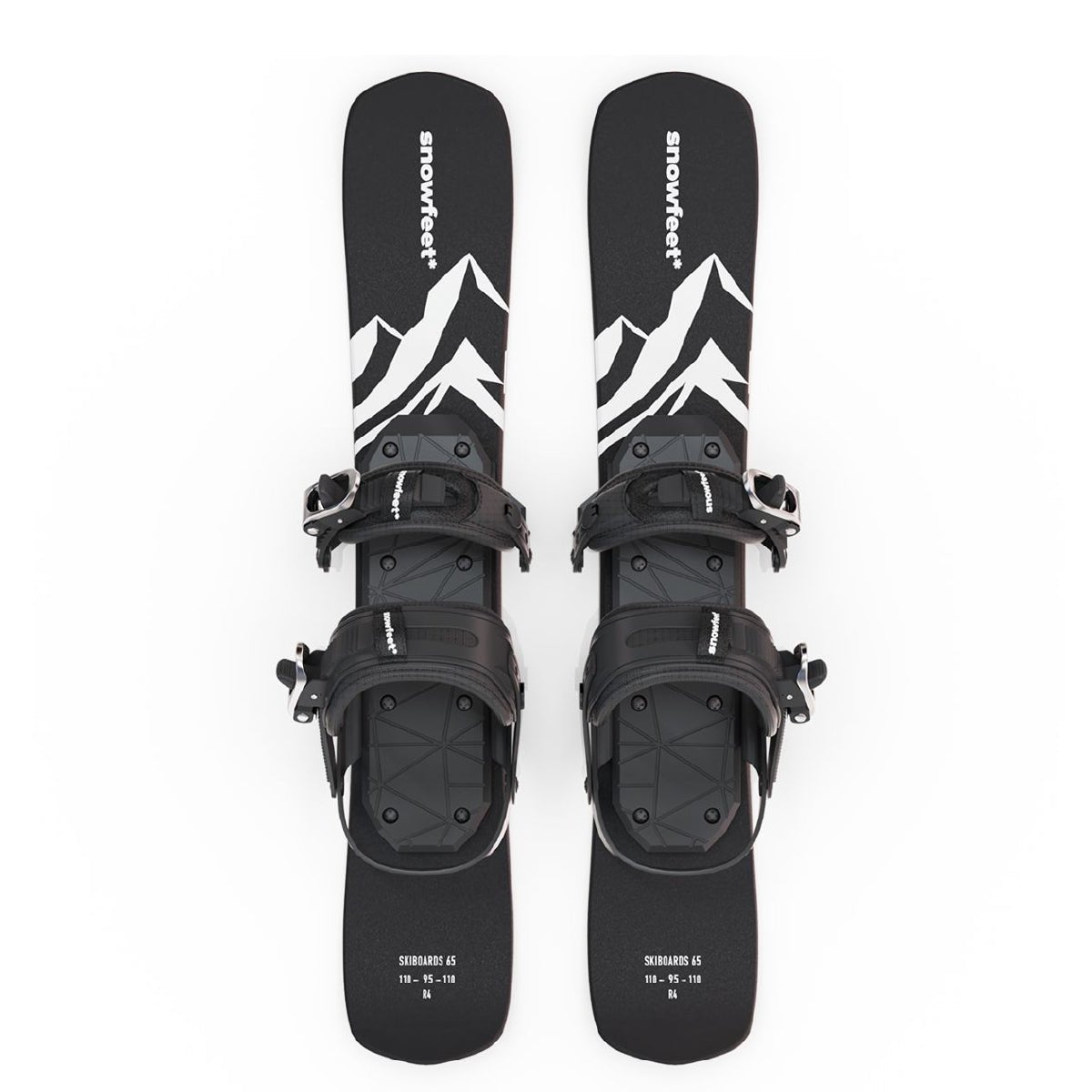
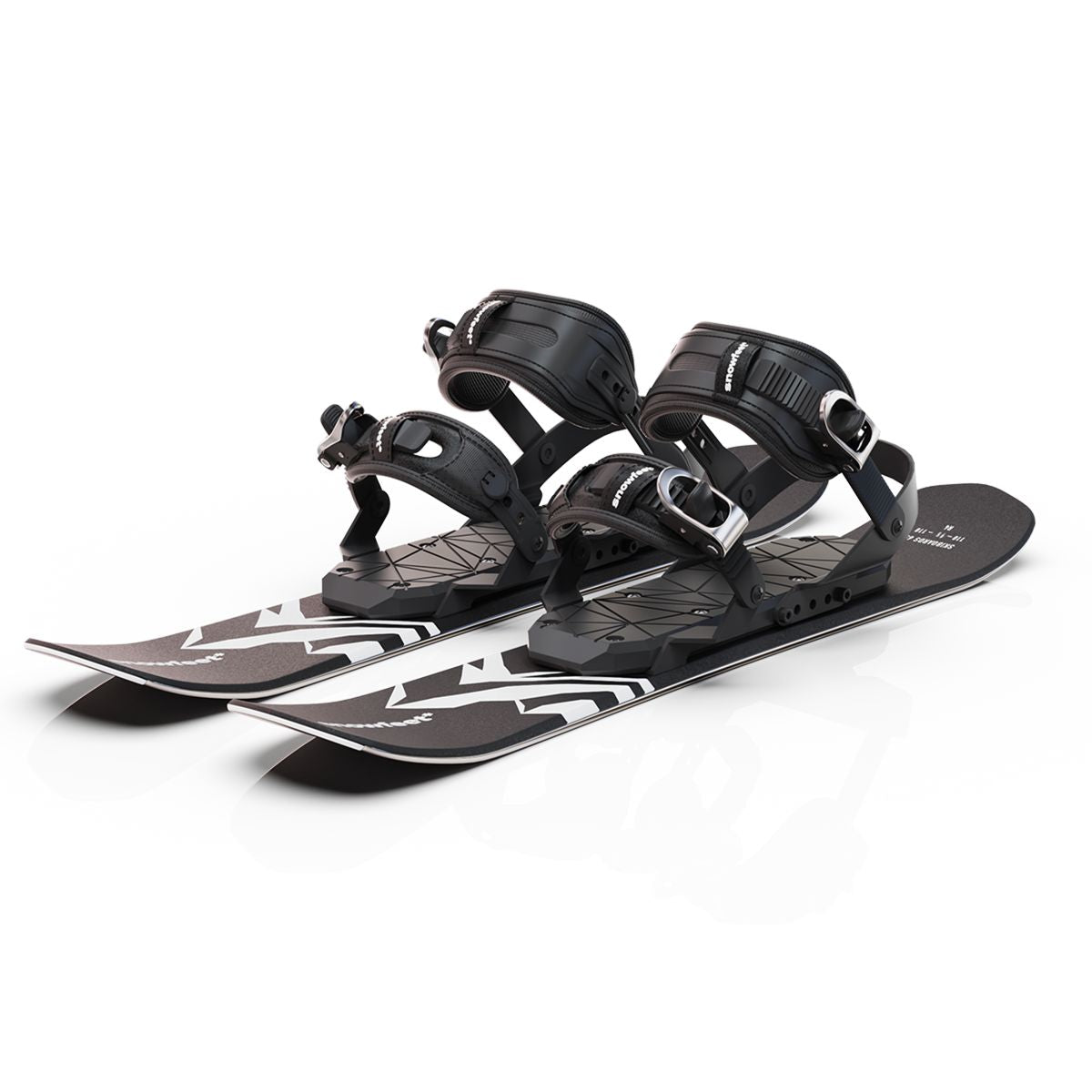
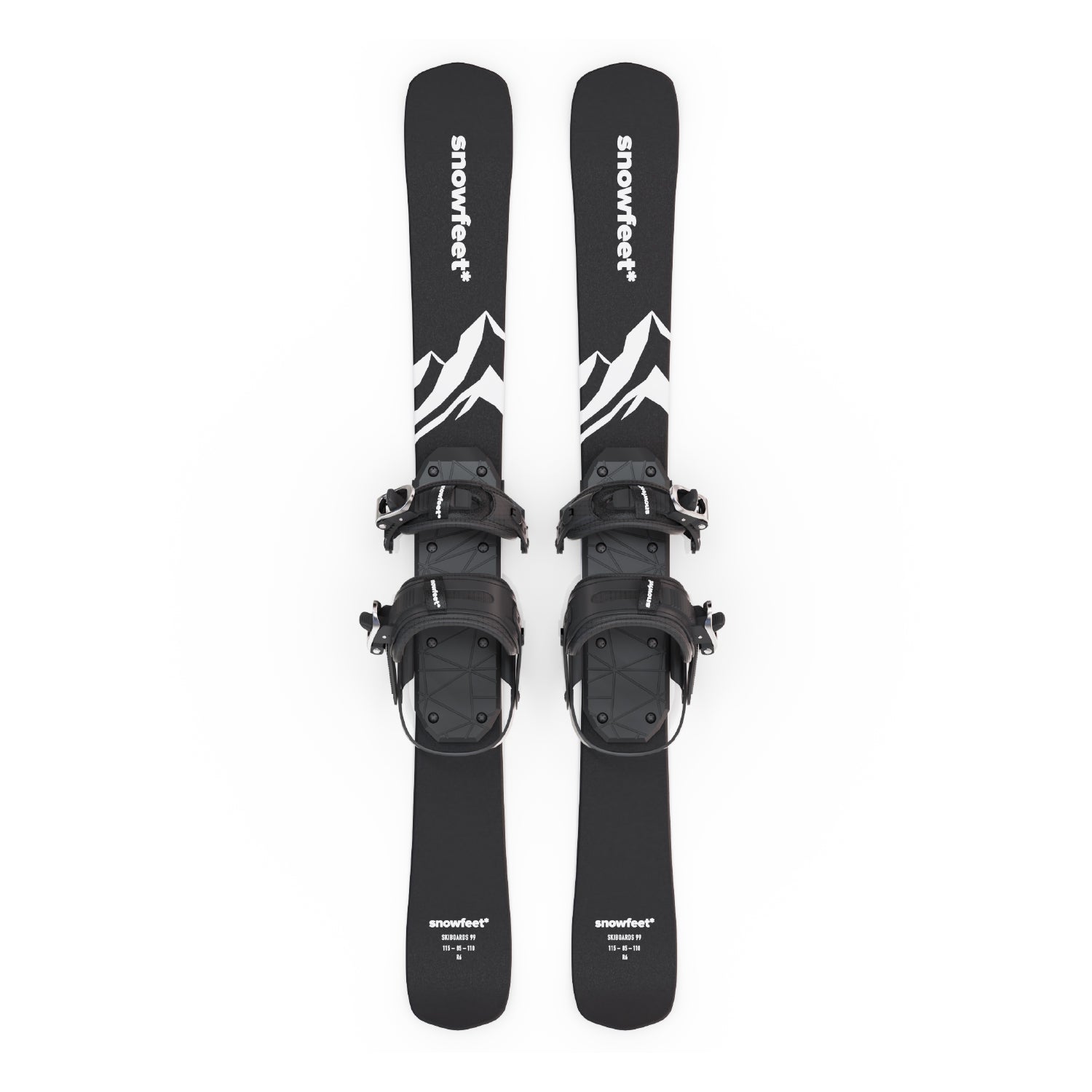
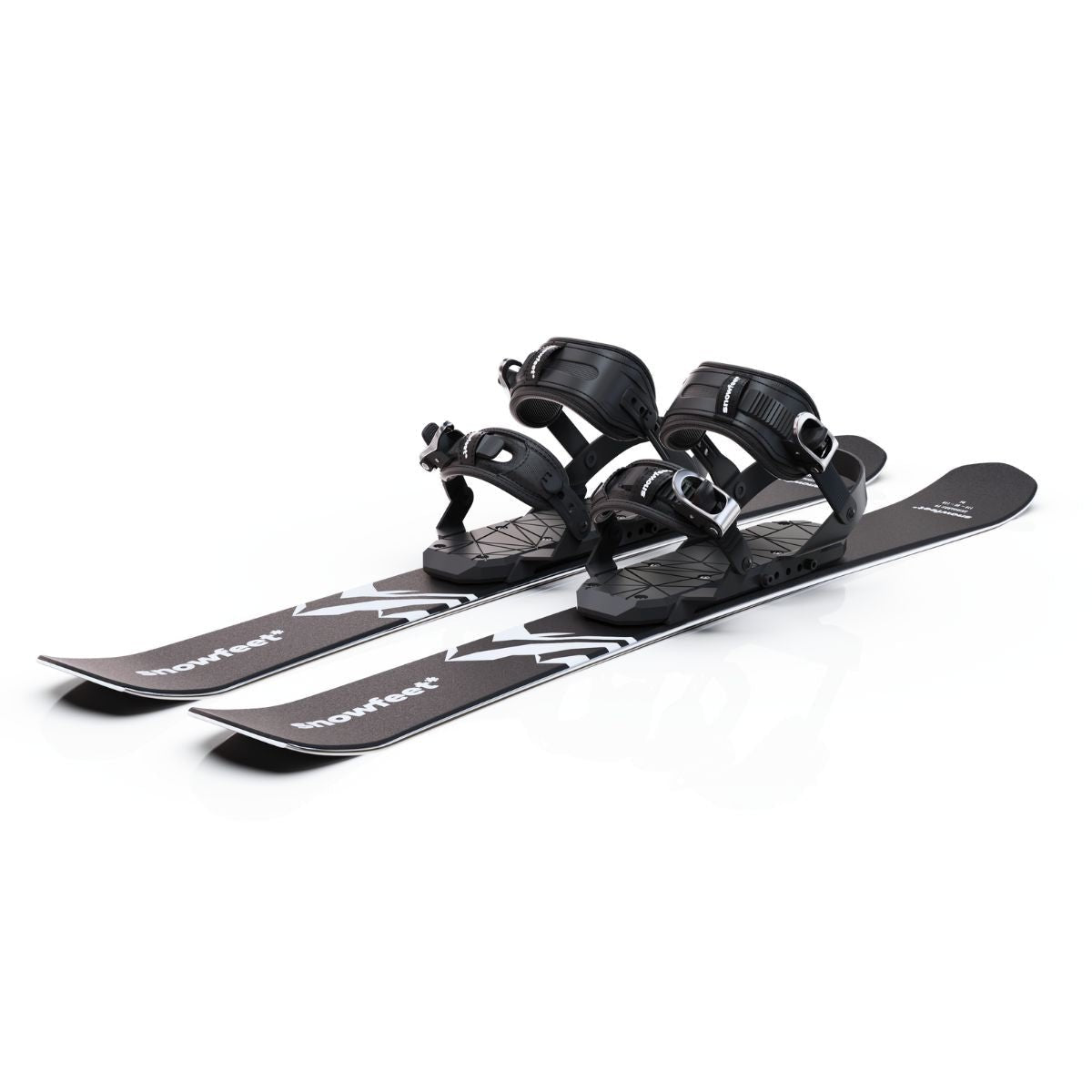
Leave a comment
This site is protected by hCaptcha and the hCaptcha Privacy Policy and Terms of Service apply.